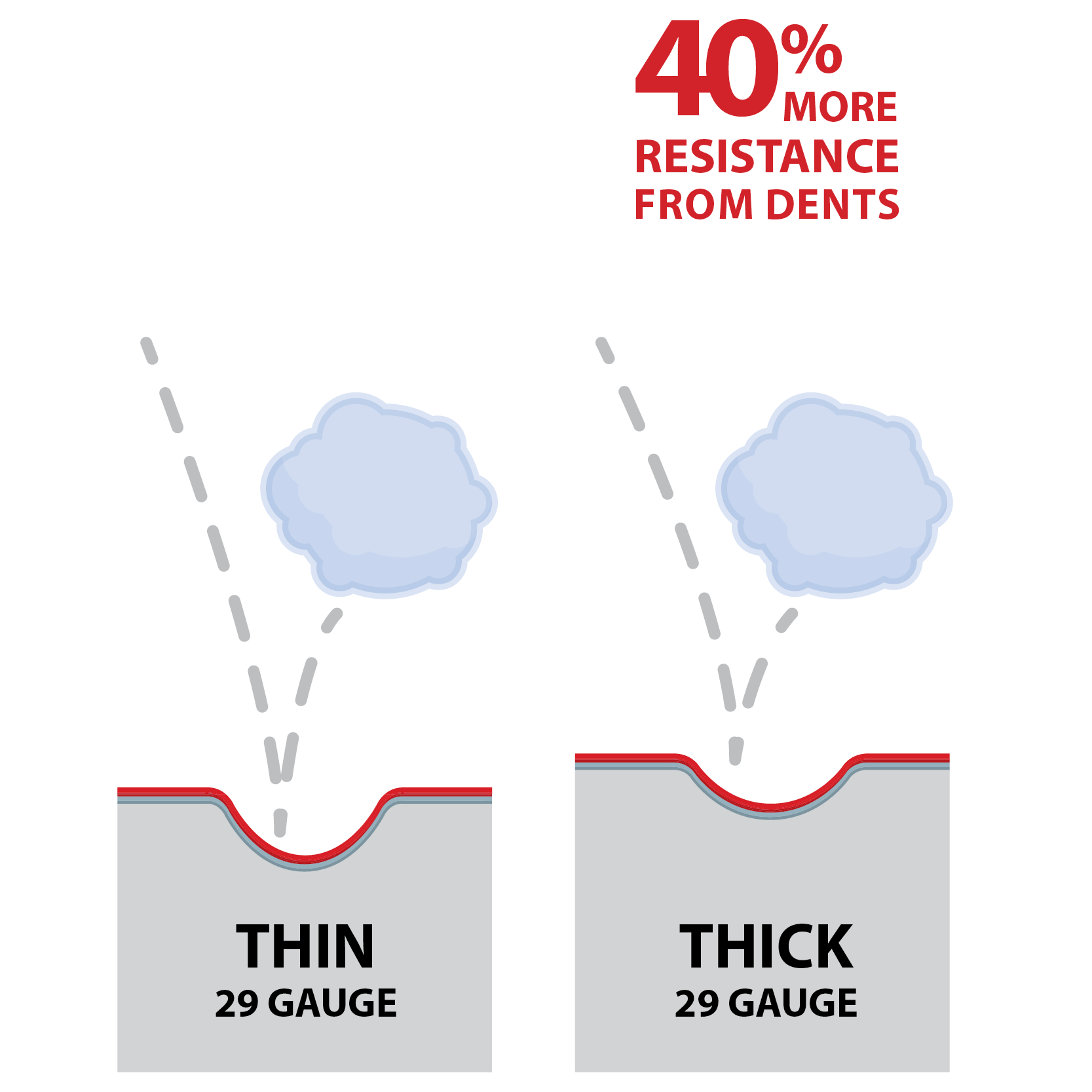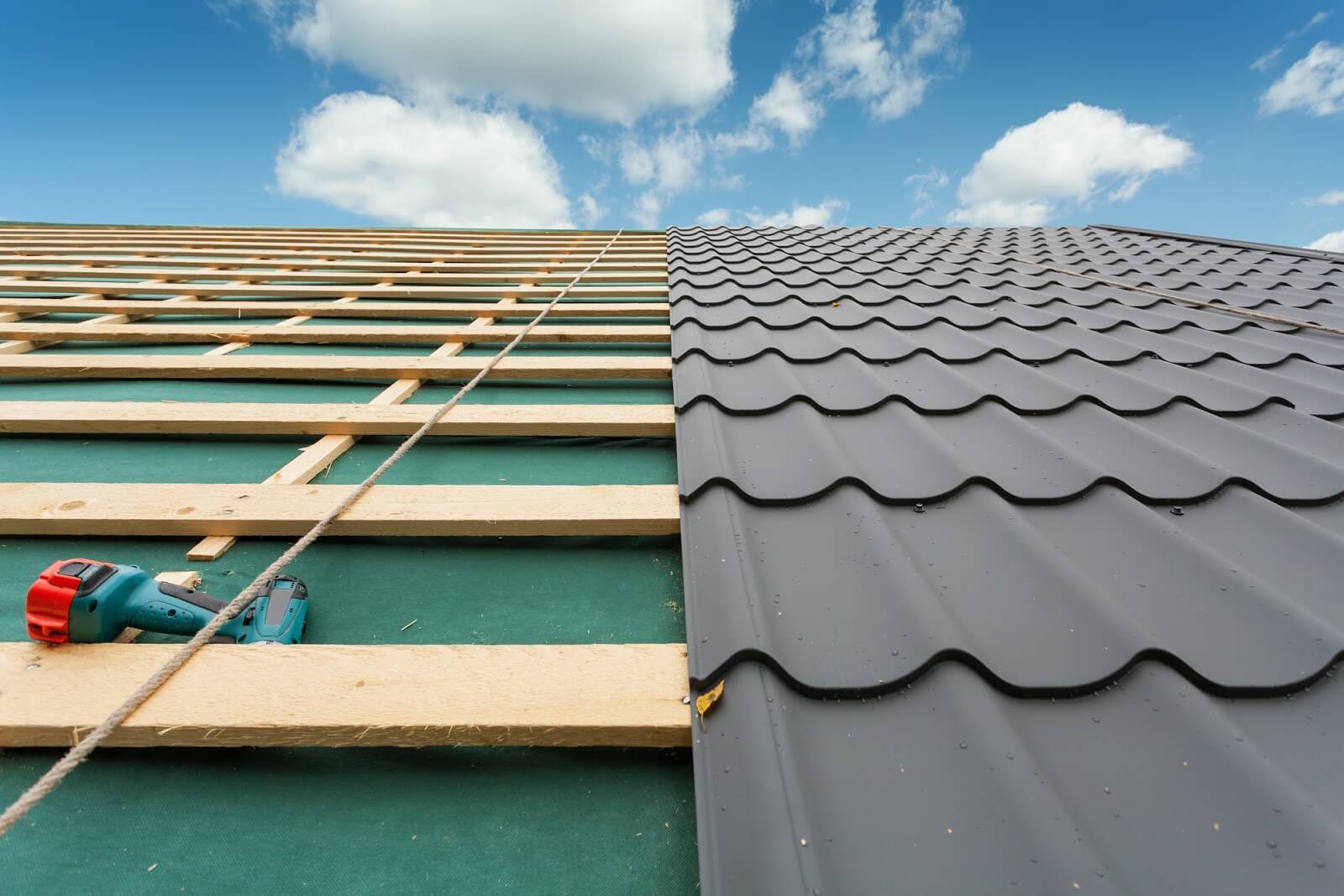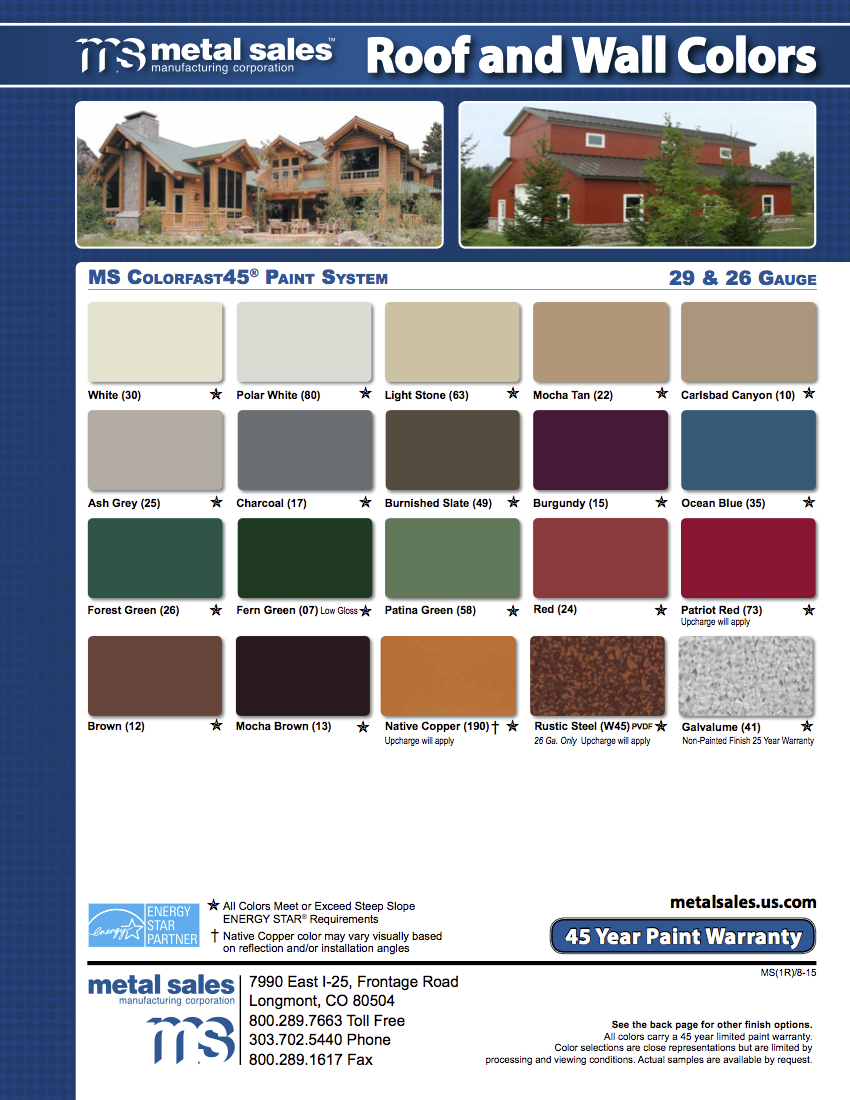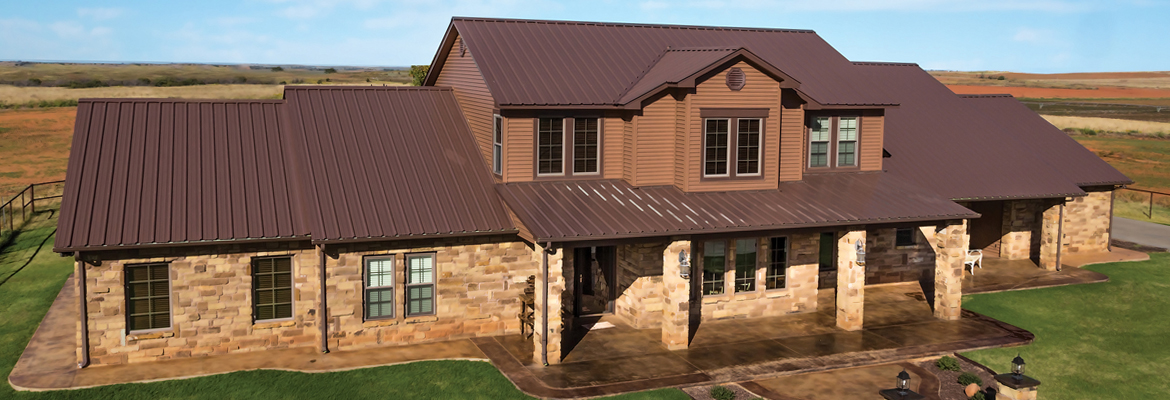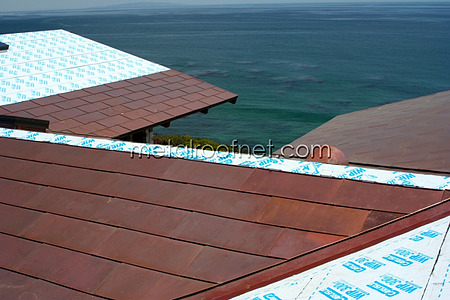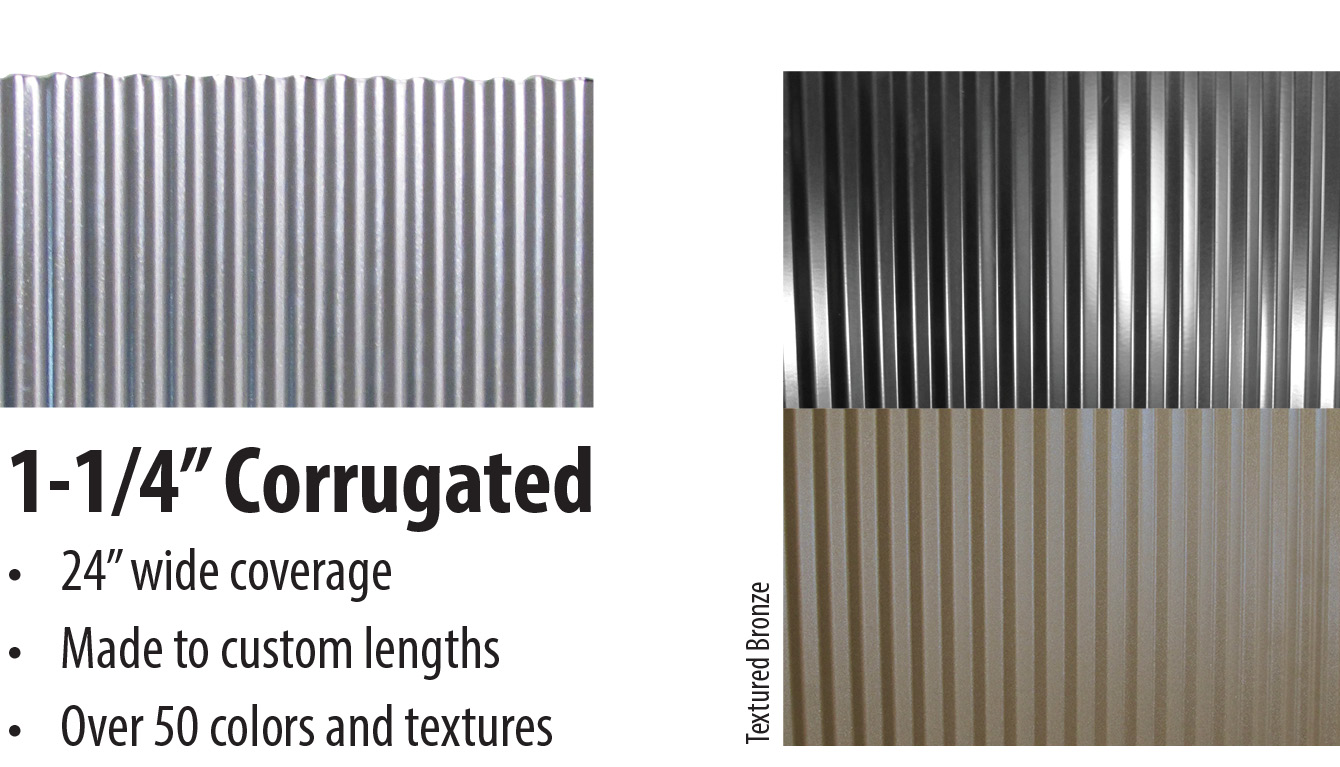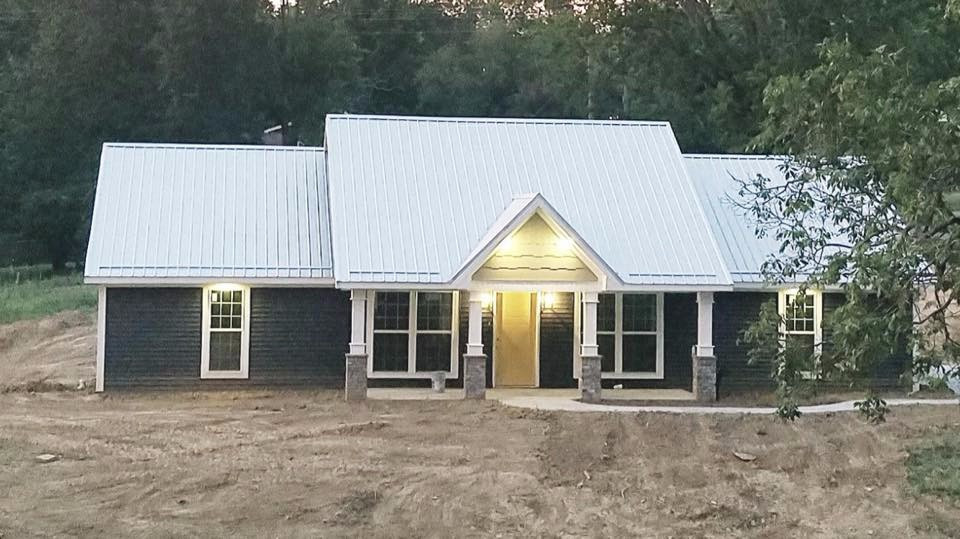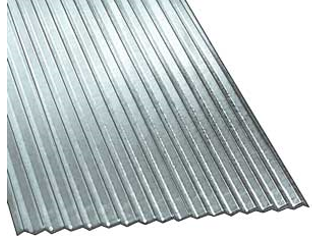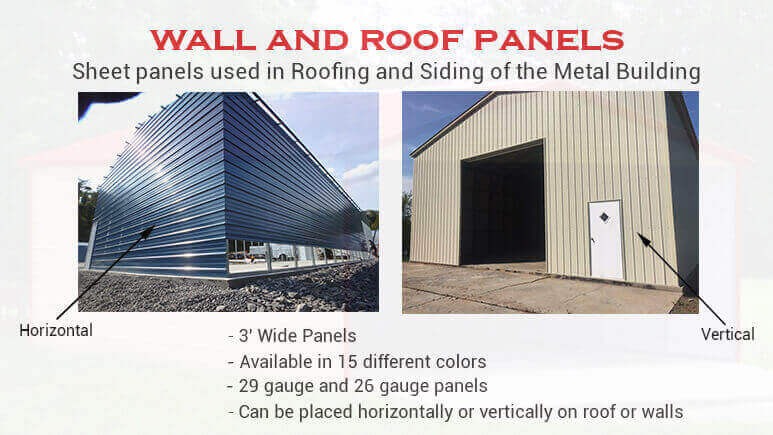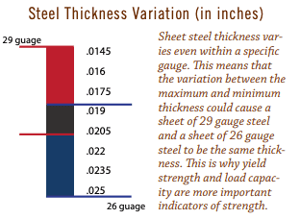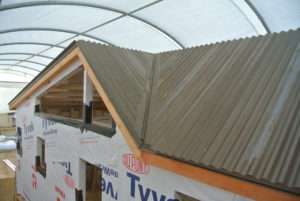26 Gauge Vs 29 Gauge Metal Siding

Despite this thicker lighter gauge panels can make sense for buildings in hail prone areas but not because of structural integrity.
26 gauge vs 29 gauge metal siding. Some steel shingles and tiles have a baked on granular coating that adds to their thickness and the mra notes that those products are usually made from 26 gauge steel. 29 gauge steel the standard in the post frame industry has an average thickness of 0172 of an inch with a minimum of 0142. For example standard 29 gauge steel roofing made in long panels is about 0 36 millimeters thick and the 26 gauge version is slightly thicker at 0 48 millimeters. Gauges 29 and 26 gauge metal panel substrate galvalume paint finish type siliconized polyester 29 gauge 2 81 linear ft.
I am so confused. Product features panel type exposed fastener metal panel panel width coverage 36 rib height major ribs. Kynar aluminum for metal roofing. The advantage of thicker metal panels in this case is that they are less prone to denting.
26 gauge 24 gauge 20 gauge 18 gauge 16 gauge 14 gauge 1 8 and 1 4. 26 gauge 3 48 linear ft. Ameri drain ameri drain available from rome new york. 24 gauge 20 gauge 18 gauge and 16 gauge.
Detailed information back to the top. Kynar galvalume steel for metal roofing and gutters. A 26 gauge roof is not only thicker but also heavier than 29 gauge. The added weight gives the roof a greater chance of staying intact in the event of a very heavy wind storm.
28 gauge steel has an average thickness of 0187 minimum 0157 and 26 gauge is 0217 minimum 0187. Finally i found your site where you explain it all in great detail and you flat out say that typically people debate 26 or 29 gauge but 29 gauge steel is fine. 26 gauge will out perform any 29 gauge material. There can be slight differences between definitions of pitch but generally 26 gauge is about 25 thicker than 29 gauge.
But then i suddenly found a company that was selling 26 gauge steel structures and they did provide a 20 year warranty. A 29 gauge metal panel can have the same impact resistance rating from underwriters laboratory ul as a 26 gauge panel. A quality 29 gauge panel is more than adequate for this which is why it s used on nearly 80 percent of homes with metal panels. The lower the number the thicker the metal hence a 26 gauge panel is thicker heavier and would be considered higher quality.
